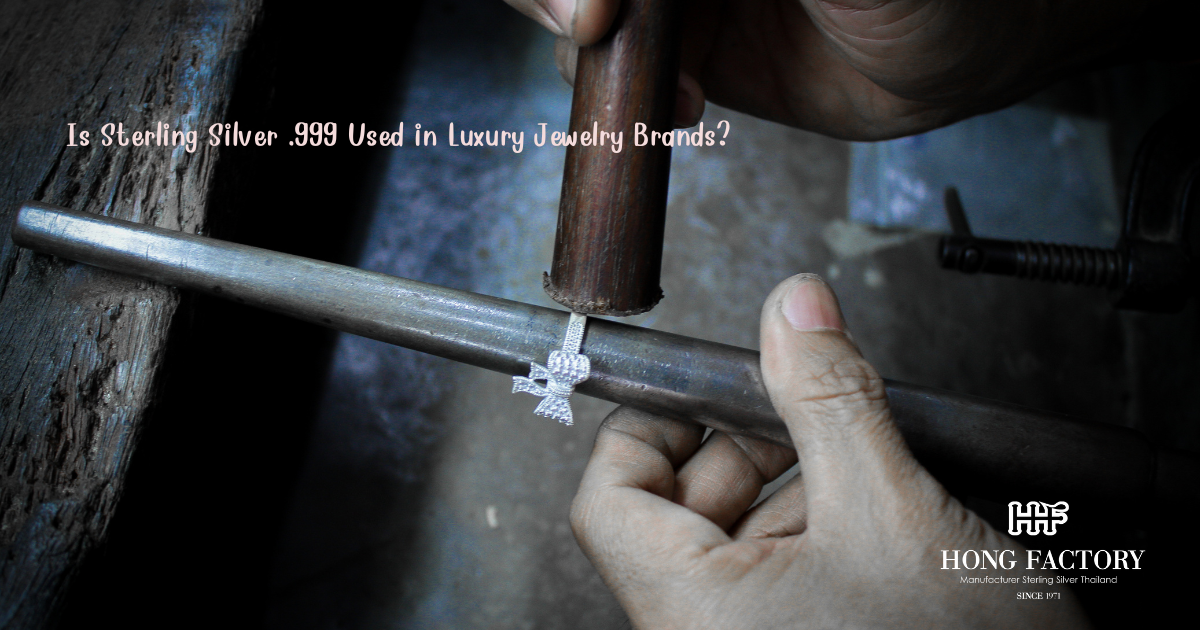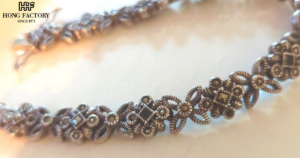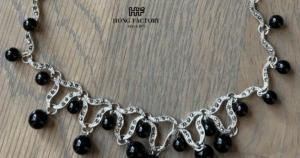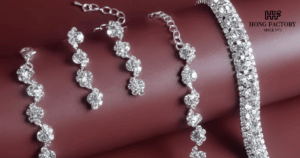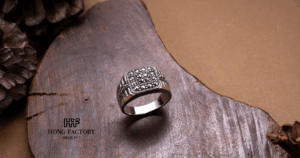When it comes to fine jewelry, few materials possess the enduring charm of silver. Yet, not all silver is created equal. One of the purest forms available is .999 fine silver, also known as pure or fine silver. The number .999 represents a composition that is 99.9% pure silver, with only 0.1% of other trace elements. This level of purity makes it the most refined form of silver used in the jewelry and precious metals industry.
However, Is Sterling Silver .999 actually used by luxury jewelry brands, or do they prefer other alloys for their designs? To answer this, we must explore the properties, applications, and practicality of this exceptional metal in high-end jewelry making. Jewelry wholesale thail and

The Properties of .999 Fine Silver
Pure silver is naturally beautiful, with a brilliant white luster and unmatched reflectivity. However, this same purity makes it relatively soft and malleable. It can bend or scratch more easily than sterling silver (.925), which contains 92.5% silver and 7.5% copper or other metals. The addition of these metals enhances the durability and hardness, making sterling silver better suited for everyday wear.
Because of its softness, .999 silver is primarily used for applications where intricate detail, artistry, or purity is more important than strength such as in collectible coins, ceremonial pieces, or luxury items not intended for rough use.
Is Sterling Silver .999 Popular Among Luxury Brands?
Most luxury jewelry brands including household names like Tiffany & Co., Bulgari, and Cartier primarily use sterling silver (.925) rather than .999 fine silver. This choice stems from the need for structural stability in wearable pieces like rings, bracelets, and necklaces. Since .999 silver can deform over time, especially in rings or chains subjected to stress, it is not ideal for daily wear collections.
That said, a few niche luxury brands and artisan jewelers experiment with .999 silver for its purity and prestige. These brands often emphasize craftsmanship, hand-finishing, and ethical sourcing over mass production. By promoting the metal’s natural brilliance and purity, they appeal to collectors seeking exclusivity rather than durability.
Why Luxury Designers Prefer Sterling Silver Over .999
There are several key reasons why .925 sterling silver remains the dominant choice among luxury jewelry designers:
- Durability and Longevity – Sterling silver is more resistant to bending and scratching. It holds its shape well even when crafted into fine chains or gemstone settings.
- Versatility in Design – The slight alloy mix allows jewelers to achieve sharper edges and detailed patterns without compromising strength.
- Ease of Polishing and Finishing – Sterling silver is easier to work with during the manufacturing process, providing smoother finishes and easier gemstone setting.
- Compatibility with Gemstones – Luxury jewelry often features gemstones, and sterling silver’s stronger setting ensures stones remain secure.
These practical reasons make .925 silver the more common choice for luxury jewelry, even though .999 silver has an undeniable allure.
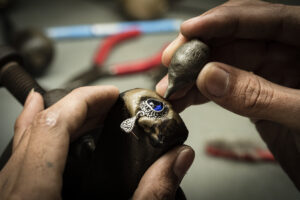
When Luxury Brands Use .999 Silver
While rare, there are circumstances where luxury brands incorporate .999 silver:
- Limited Edition Collections: Certain brands produce special collections or commemorative pieces using fine silver for marketing exclusivity.
- Art Jewelry: High-end artisan jewelers who focus on sculptural or artistic pieces sometimes prefer pure silver for its natural softness and ability to capture subtle textures.
- Cultural and Heritage Jewelry: Some traditional luxury brands, especially in Asia, use .999 silver in symbolic jewelry associated with purity, spirituality, or ceremonial wear.
These applications highlight the unique position of fine silver as both a material of prestige and artistry.
The Aesthetic Value of .999 Silver
Fine silver offers an unmatched shine. Unlike sterling silver, which may have a slightly grayish tone due to alloy content, .999 silver exhibits a bright, mirror-like surface that resists tarnishing for longer periods. This makes it visually stunning, particularly when freshly polished or used in minimalist, modern designs.
For luxury customers who prioritize visual appeal over practicality, the brilliance of .999 silver adds a touch of sophistication and authenticity to limited-edition designs.
Modern Trends and Sustainability
In recent years, sustainability and ethical sourcing have become key selling points for luxury jewelry houses. Fine silver aligns well with these values since it is often sourced from recycled or fair-trade silver suppliers. Some high-end brands have started to market eco-conscious jewelry lines that emphasize metal purity and traceability making .999 silver a compelling choice for environmentally aware consumers.
Moreover, technological advances in metal strengthening techniques have made it possible to create more durable .999 silver alloys while preserving purity. As these innovations evolve, it is likely we will see more luxury designers experiment with fine silver in their future collections.
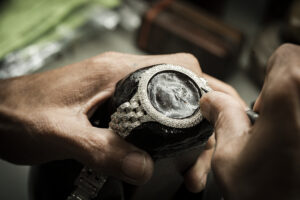
A Rare but Prestigious Choice
So, Is Sterling Silver .999 Used in Luxury Jewelry Brands? The answer is yes but selectively. While most luxury brands favor the strength and workability of .925 sterling silver, .999 fine silver finds its place in exclusive, artistic, or ceremonial creations where purity and visual brilliance take precedence.
In essence, .999 silver embodies the pinnacle of purity in silver craftsmanship cherished by connoisseurs and admired by those who seek the finest expressions of elegance. Whether used in a collectible pendant, a minimalist ring, or a bespoke artistic piece, it remains a symbol of luxury defined not by mass appeal, but by uncompromising refinement.
